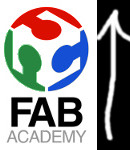Computer Aided Design
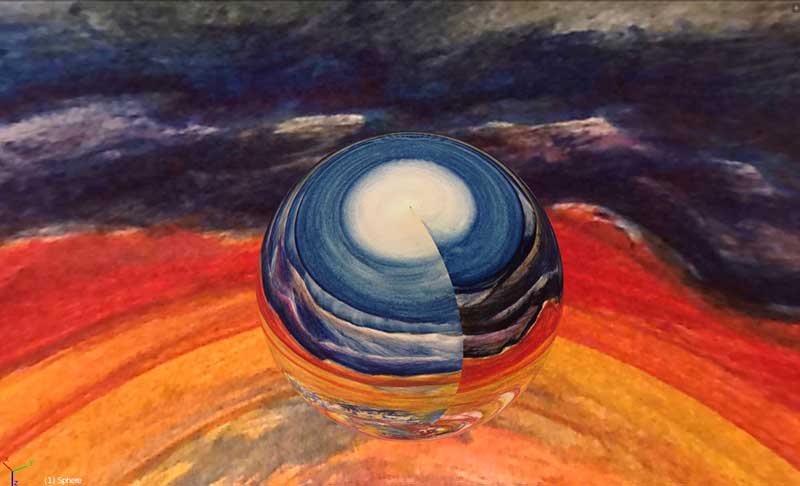
Summary:
This week I am looking into 3D design programs. There is certainly plenty to choose from!
SketchUp:
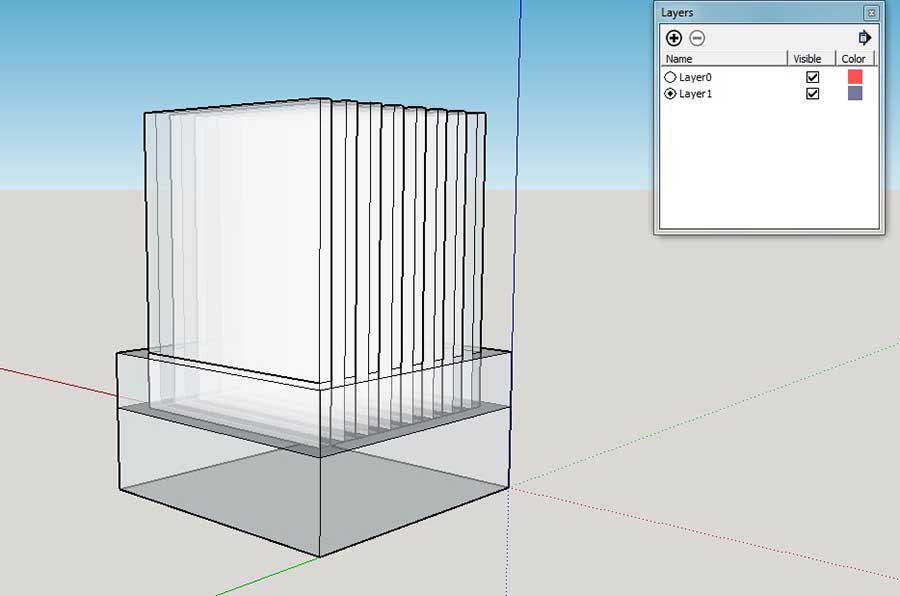
My best friend came to Barcelona this week and she is extending a building in Lanzarote to become a hostel. She was raving about a 3D model she made of the final building plan which after inquiry turned out to be SketchUp! "You did the tutorials?" I asked her."Nope, I just learnt the program clicking away, through trial and error!"
That is the great advantage of SketchUp. It is intuitive and easy to handle.
My model is incredibly simple and I managed to complete is with ease.
+ I particularly liked the extension model and the fact you could clone an object the hit / 7 to create the 8 acrylic slides without having to do the maths to find the dimensions.
+ The layers panel was very useful for simpler viewing so that I could construct the slides without having all the lines of my model obstructing my view.
- I cannot change the dimensions of my model after creating it.
Rhinoceros:

After learning 3D modelling in Sketch Up I thought learning in Rhino would be simple enough. Surely learning any 3D program will have transferrable knowledge into the others, I thought. Wrong! Rhino has a totally different way of creating a 3D model.
Instead of creating a 2D square and extending it to make a cube, I was creating directly in 3D using cubes to make my model.
+ I got the hang of the commandline soon enough and once I figured out the BoxEdit command I was flying. Changing the dimensions of my model was so easy.
- I could not figure out how to clone my slides and get Rhino to do the maths so I ended up working out all the dimensions myself.
These two 3D programs were so different I began to think each 3D program has a different series of click and commands to create what you want. There must be a better way!
Functional Representation makes so much more sense, i.e. to create forms using functions instead of a series of clicks. e.g. circle = x2 + y2 - r2.
This must be the future of 3D modelling.
Blender:
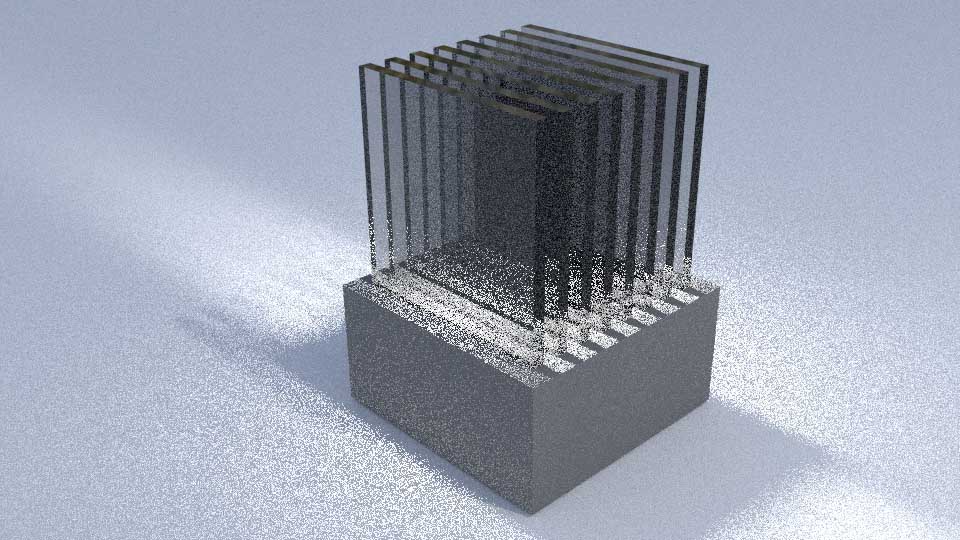
Wow! Blender is amazing... I think I have found an ideal 3D program that I want to delve deeper into.
Above is a rendered version of my model using the Cycle Render. I added the light to illuminate the acrylic slides. The rendered version above took 300 cycles which took a fair bit of time... I left the computer for about 10 minutes.
Below are some screen shots I took as it rendered away.

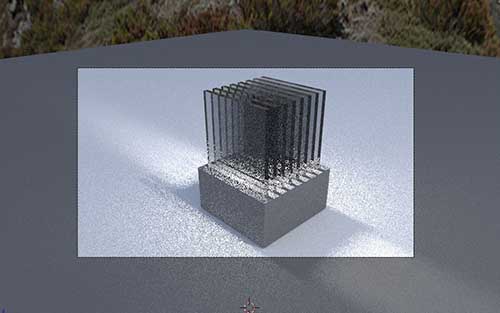
Lighting Design in 3D
An interesting topic came up in class today about lighting and the use of a Equirectangular Environment Texture. Now this really blew my mind. After googling an Equirectangular image, I then created a new world chose the background option and in color, clicked the tiny little dot next to it. After selecting Environment Texture you can upload an image to give the new world natural lighting. Who would have thought- to use an image to light a world!
Next step of course was to use my own paintings as environment textures. At the top of the page you can see a glossy sphere reflecting such a painting.
Blender also has some interesting tools that I want to experiment with more such as sculpt mode. I particularly like this idea of modelling as it appears much more organic.

Blender also have animation tools, virtual world tools and video. It is a program I want to explore much more!
Files
My Blender File for the final project model
